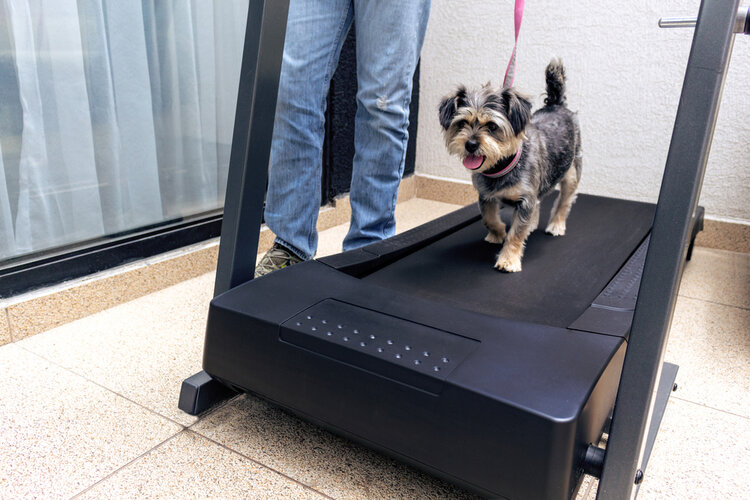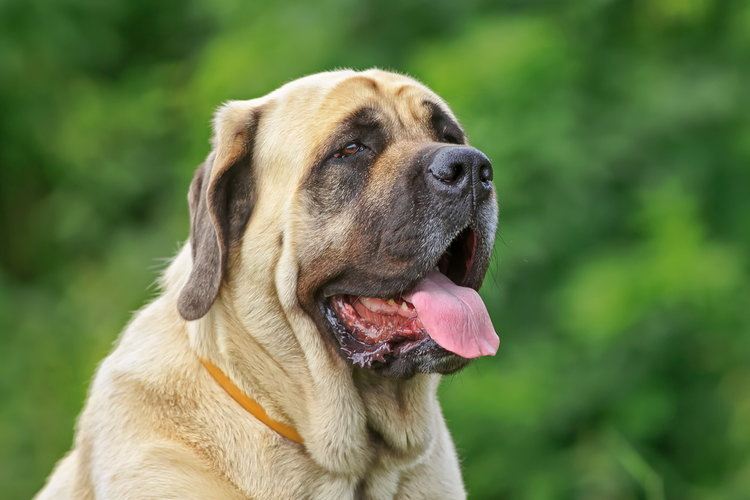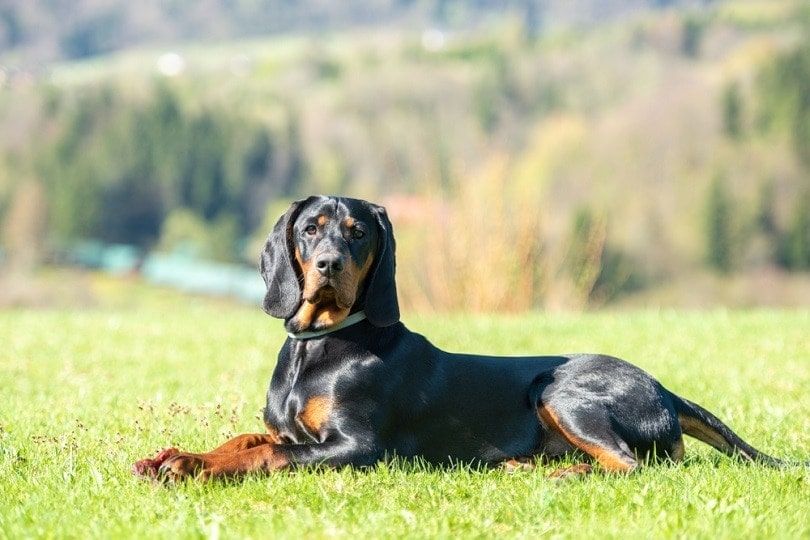How to Protect Dogs From Coyotes: 7 Safety Tips

Updated on
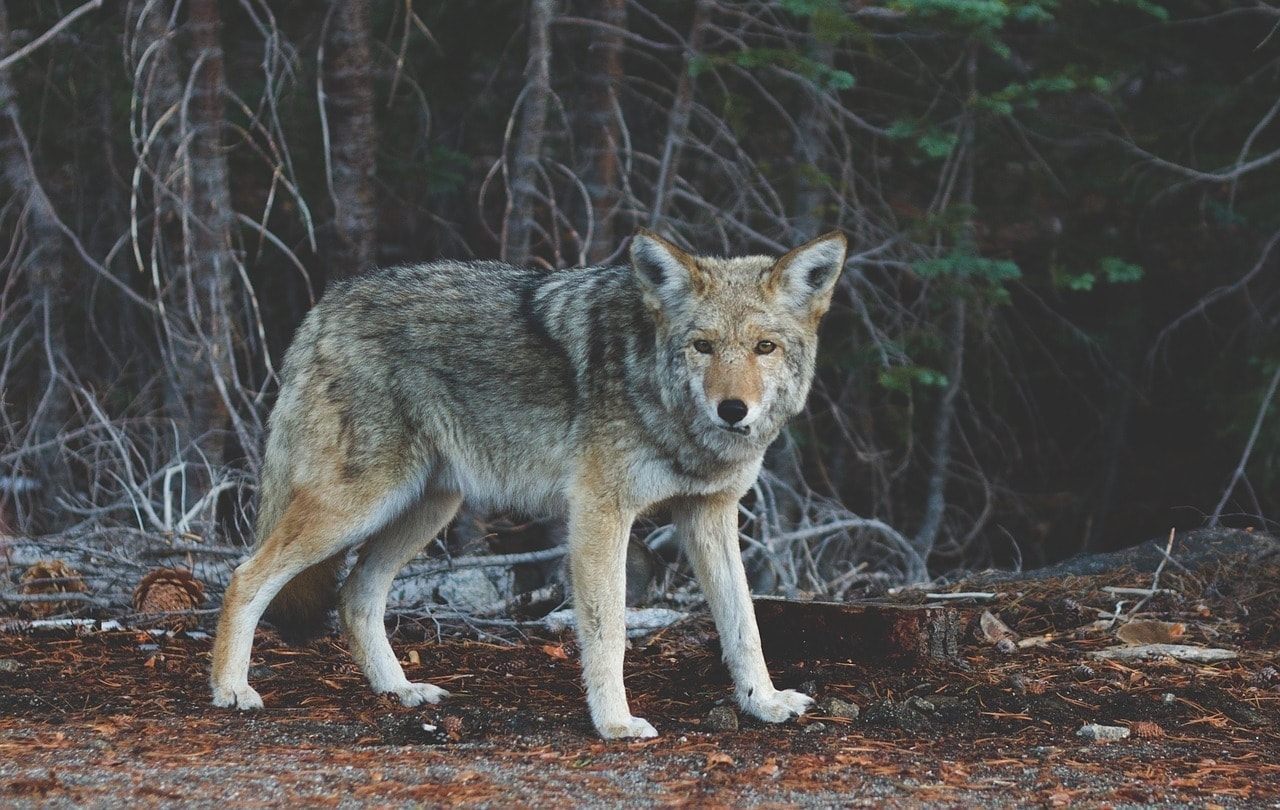
Coyotes can pose a significant threat to dogs—especially smaller dogs—so you must know how to protect your dog from coyotes if you live in an area where they’re prevalent. Many people assume that coyotes are only a threat to the smallest lap dogs, but full-grown coyotes can be between 40 and 50 pounds and easily cause problems for larger dogs.
Luckily, coyote attacks aren’t that common, and you can help ensure your dog’s safety by taking a few simple precautions. In this guide, we’ll give you some tips that will help you keep your buddy safe. A dog’s best defense against coyotes is having a well-prepared, knowledgeable owner.
The 7 Ways to Protect Dogs From Coyotes
1. Avoid Feeding Your Dog Outside
If you feed your dog outside, you are more likely to attract wild animals, including coyotes, to your yard. Coyotes have a keen sense of smell and can sniff out even small bowls of dog food from a considerable distance. Additionally, any food that finds its way out of your dog’s bowl could linger in your yard and increase the chance that a curious coyote will visit seeking a free meal.
If you must feed your dog outside, do it during the daylight hours and clean up immediately after your dog finishes eating.
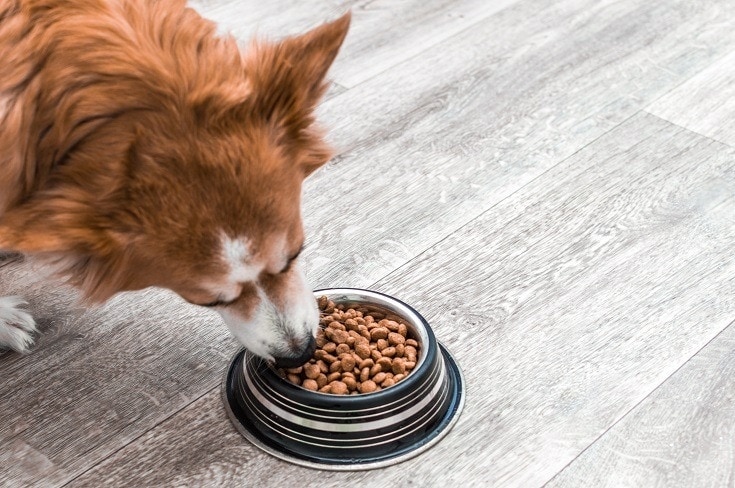
2. Don’t Feed Wild Animals
On a related note, feeding wild animals like deer, squirrels, and even birds could increase the coyote activity in your yard. Any food source could attract coyotes, so it’s better to avoid feeding any wild animals altogether.
3. Don’t Let Your Dog Out Unattended
Coyotes are fearful of humans and tend to avoid us, so your presence outside will usually be enough to deter any that might wander by and show interest in your furry friend. If a particularly bold coyote is snooping around even while you’re outside, a loud shout and some clapping are often enough to chase them away. If your dog is outside alone, it is much more likely that a coyote will attack than if you’re outside with them.
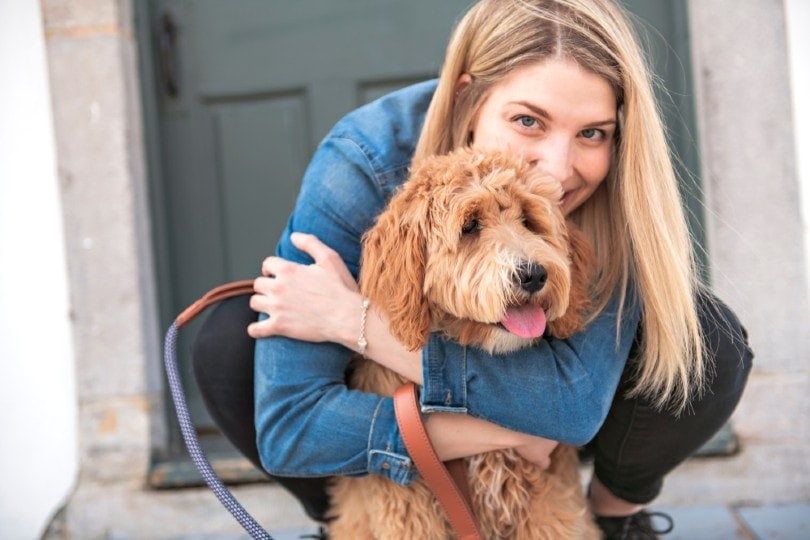
4. Make Your Yard Unfriendly to Coyotes
Since coyotes are naturally wary of humans and human activity, they seek dark, confined spaces to hide. Such places serve as cover for hunting in the wild, so it is ingrained in coyotes to gravitate toward these places. To prevent coyotes from hanging out on your property, make sure to trim and cut back overgrown bushes and shrubs. If your yard doesn’t have many good hiding places, coyotes are less likely to spend time there.
Another good option is to install motion detection lights. If your yard lights up like Times Square whenever coyotes pass through, they’ll learn to avoid your house altogether.
5. Keep Your Dog On a Leash at Night
Sometimes you’ll have to take your dog out at night, and when you do, it can be a good idea to keep them on a leash. If you run into a coyote, it will be easier to control your dog and the situation if they’re on a leash. Without a leash, your dog could decide to defend its territory and attack the coyote, leading to injuries.
If you keep your dog on a leash at night, they are less likely to get into a tussle with a coyote since your presence will deter them. In the unlikely event you still see a coyote, you’ll be in a better position to de-escalate the situation and get your dog to safety with them leashed.
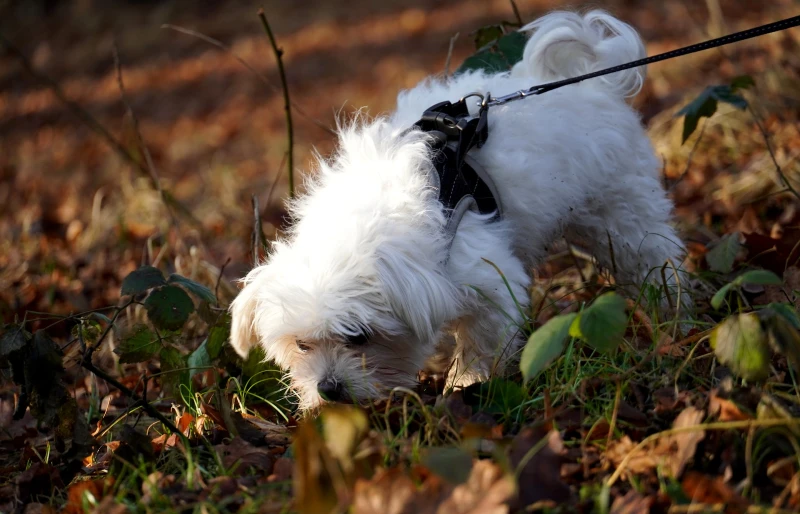
6. Buy Coyote Fencing
If you live in a coyote hotspot, it can be a good idea to enclose your yard with coyote-proof fencing. Coyote fences are usually 6–8 feet high and buried 1-2 feet into the ground. Coyotes are excellent climbers and diggers, so you need a fence that extends far enough into the ground and above it to keep them out.
Another valuable layer of protection is to outfit your fence with something that makes it difficult for coyotes to climb over it. This can be a wide-diameter PVC pipe, barbed wire, or a slanted overhanging facing outward. If you have a sufficiently large fence buried deep enough with an anti-climbing top, it will be extremely unlikely that a coyote will be able to get in your yard.
7. Get Your Dog a Coyote Vest
In extreme circumstances, you might resort to outfitting your dog with a coyote jacket. Most coyote jackets are for small dogs that coyotes might view as prey. A good coyote jacket will be made of a bite-resistant material like Kevlar and will have spikes along the back and sides. The idea behind a coyote jacket is to make it difficult for a coyote to do any damage if they somehow corner your dog.
We should emphasize that a coyote jacket isn’t a substitute for taking the other precautions on this list. A coyote jacket should be viewed as an emergency option when other choices are impossible or in cases when your dog could encounter a coyote outside of your immediate control, like when you’re camping or hiking.
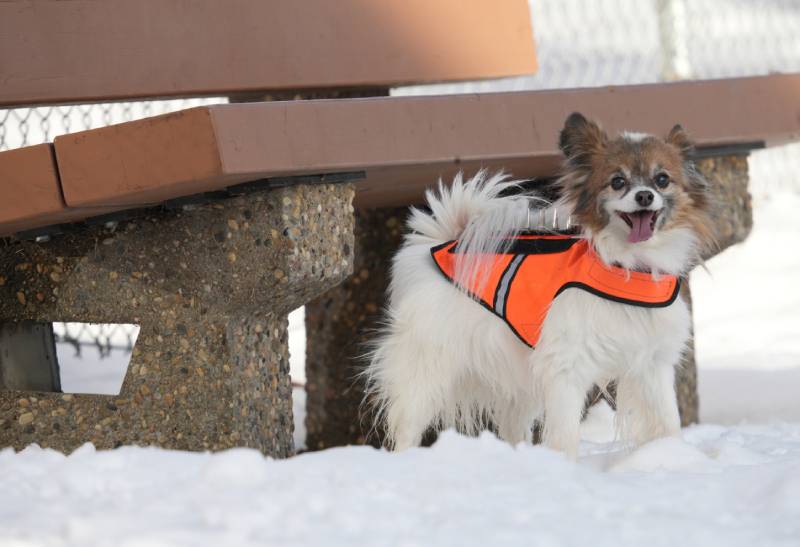
What to Do if Your Dog Gets Attacked By a Coyote
If your dog gets attacked by a coyote despite your best efforts, the best thing you can do is take them to your vet immediately. A vet will be able to diagnose any injuries, clean wounds, and administer any necessary vaccines. Coyotes don’t tend to carry rabies, but it can be a good idea to give your dog a booster to eliminate the possibility of them contracting it.
Conclusion
The best tactic for dealing with coyotes is prevention. A few simple precautions can save you and your canine friend a lot of worry and anguish if you live in an area dense with coyotes. Small dogs are especially susceptible to coyote attacks, but even medium-sized dogs can be in trouble if they surprise a coyote.
The best way to protect your dog from coyotes is to make your yard unappealing to them. If your yard doesn’t have any enticing food in it, is hard to get into, and is well-lit, most coyotes will be uninterested in investigating, and your pooch will be safe.
See also:
- How to Dog Proof a Fence – 9 Great Options (With Pictures)
- How to Protect Your Dog from Hawks, Owls & Other Birds of Prey
Featured Image Credit: Pixabay


